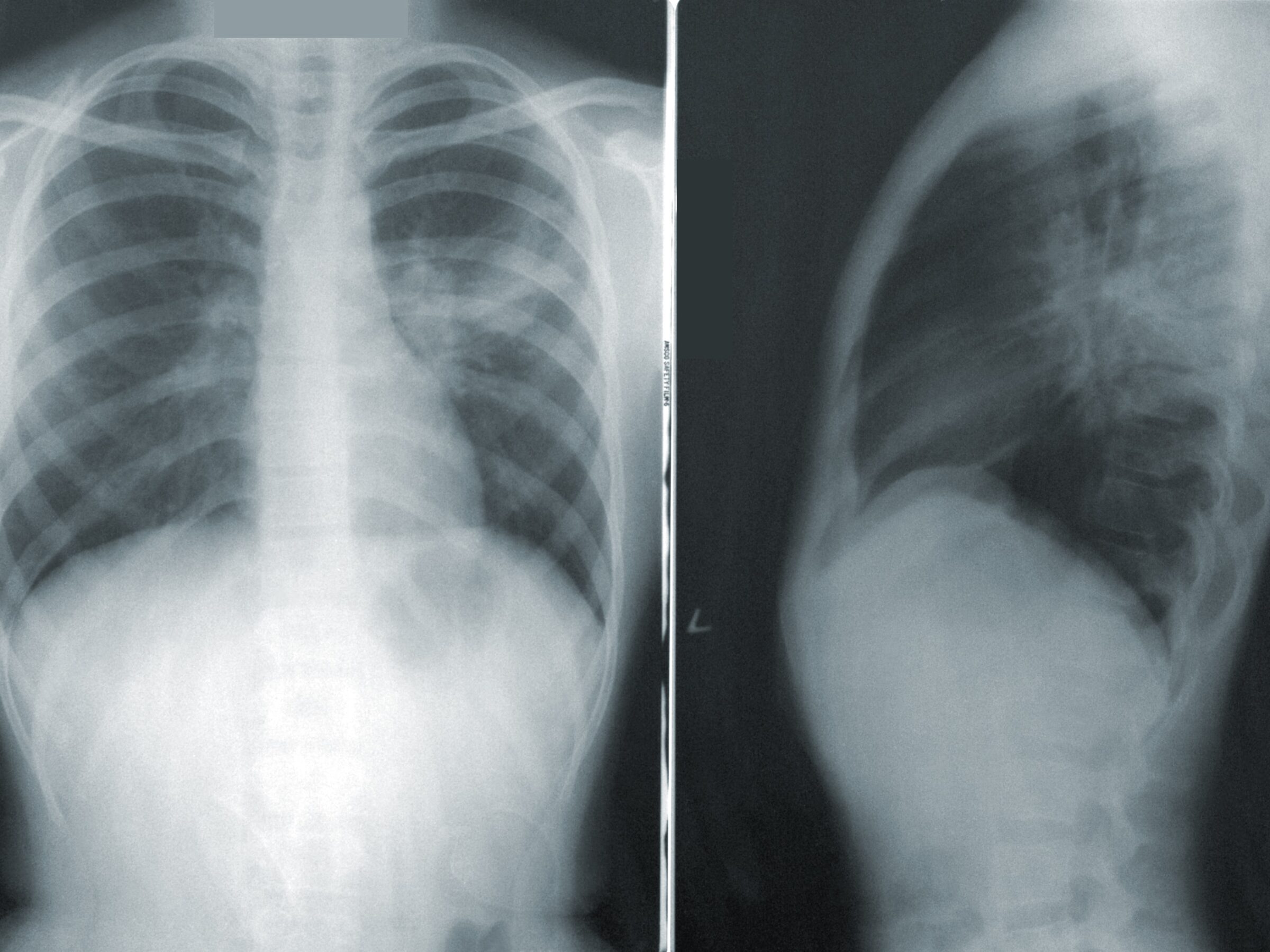This web page was produced as an assignment for an undergraduate course at Davidson College.
Tuberculosis plagues the guarani- kaiowá population disproportionally and recent genetic research has illustrated potential drug resistance within this community.
In 2019, Tuberculosis (TB) claimed 1.4 million lives, making it deadlier than both HIV/AIDS and influenza (CDC 2019). In that same year, 1.2 million children fell ill with Tuberculosis (World Health Organization 2020). The rate of TB in the United States is only 2.7 per every 100,000 citizens (CDC 2019). The rate within the Guarani- Kaiowá people, an indigenous group in Brazil, is 400 per every 100,000 citizens (Kolte et al. 2020) Tuberculosis, both in cases and fatalities, disproportionally effects low or middle-income countries and populations (Kaiser Family Foundation 2020). With health prevention efforts TB case rates have fallen, but are still startlingly prevalent globally.
In Brazil, Tuberculosis in indigenous communities is both understudied and highly common. Specifically, in the Guarani-Kaiowá people, TB is an ongoing challenge due in part to their marginalization and poverty (Kaiser Family Foundation 2020). Researchers in, “Identification of a predominant genotype of Mycobacterium tuberculosisin Brazilian indigenous population,” analyzes the genomes of TB positive individuals. By genetically comparing TB individuals from the general global and Brazilian population to the indigenous population they were able to speculate on two important goals. First, to determine any genetic mutations leading to drug resistance. Second, to get a better idea of the source behind the Guarani-Kaiowá population’s high rate of TB.
The scientists began their analysis by sequencing the genomes of 66 individuals (more were sequenced originally but only 66 were deemed accurate enough for the study), 8 of whom had suffered from Tuberculosis previously. They were careful in ensuring an accurately represented population regarding factors such as gender and age. A large majority of the sampled population were of the sublineage 4.3.3, a notably higher rate than what would be expected in the general Brazilian population. In addition, there were 61 single nucleotide polymorphisms (substitution at a single nucleotide) found in 80% of the Guarani- Kaiowá population that were not identified anywhere else in the world.
Data regarding the sublineage found in the Guarani- Kaiowá population was mapped out in phylogenic trees and using a barcoding strategy. Both of these techniques confirmed the conclusion that the Guarani- Kaiowá population is largely made up of the 4.3.3 variety of Tuberculosis. Perhaps more interestingly, the data also discovered a rather large genomic divergence from this sublineage and what is commonly found in Brazilian society. In addition to the genetic divergence of TB within the sample population, the researchers were able to suggest that the high rate of Tuberculosis within the Guarani- Kaiowá people is the result of a historic introduction that’s further spread amongst the population. For a population that isn’t fully isolated, this would be an unlikely finding but since the Guarani- Kaiowá population is highly marginalized the result is logical.
The genetic analysis also revealed a number of mutations in genes associated with drug resistance. The major drugs used to treat Tuberculosis are isoniazid, rifampicin, fluoroquinolone and ethambutol. While few of the genes essential to isoniazid’s effectiveness were unchanged, two genes associated with the drug were altered within the two known samples resistant to isoniazid. Furthermore, the subject known as “SO3” was identified as multi-drug resistant due to an amino acid substitution that causes resistance to rifampicin. More subjects showed similar mutations in the rifampicin coding region but it was undetermined if they were resistant to the drug (due to lack of phenotypic information). Lastly, a point mutation located near a gene associated with resistance to fluoroquinolone was identified in every participate and was very rarely identified anywhere else (only within Brazil). With this said, it is undetermined whether or not Guarani- Kaiowá people would be resistant to this medication, as it’s not used to treat TB in this area.
Ultimately, this research provided both a call to action and insight into the Guarani- Kaiowá population’s battle with Tuberculosis. Based on the findings from this study, the researchers draw the conclusion that current treatments likely are not sufficient. Given the knowledge regarding the Guarani- Kaiowá people’s struggle with Tuberculosis and TB drug- resistance, a proper public health initiative is needed to prevent further mistreatment of the Guarani- Kaiowá people.
Aside from clear moral implications, this study highlighted the need for further and broader research. The, “Identification of a predominant genotype of Mycobacterium tuberculosis in Brazilian indigenous population,” claims to be the first study comparing indigenous populations to global Tuberculosis strains. Given the disproportionate effect of TB on indigenous people, it seems logical that more research on these communities would be required (Cormier et al. 2019). This further sequencing has potential to provide insight into the disease as well as help millions of world citizens.
Emma Heiderscheit is currently enrolled in Davidson College. Contact her at emheiderscheit@davidson.edu.
References
Centers for Disease Control and Prevention. (2016, March 20). Basic TB Facts. Centers for Disease Control and Prevention. https://www.cdc.gov/tb/topic/basics/default.htm.
Cormier, M., Schwartzman, K., N’Diaye, D. S., Boone, C. E., Santos, A. M. dos, Gaspar, J., … Oxlade, O. (2018, December 13). Proximate determinants of tuberculosis in Indigenous peoples worldwide: a systematic review. The Lancet Global Health. https://www.sciencedirect.com/science/article/pii/S2214109X18304352.
Hadi, S. A., Kolte, I. V., Brenner, E. P., Cunha, E. A. T., Simonsen, V., Ferrazoli, L., … Basta, P. C. (2021, January 13). Identification of a predominant genotype of Mycobacterium tuberculosis in Brazilian indigenous population. Nature News. https://www.nature.com/articles/s41598-020-79621-3.
Kolte, I. V., Pereira, L., Benites, A., de Sousa, I. M. C., & Basta, P. C. (2020, December 16). The contribution of stigma to the transmission and treatment of tuberculosis in a hyperendemic indigenous population in Brazil. PloS one. https://www.ncbi.nlm.nih.gov/pmc/articles/PMC7743939/.
Published: Mar 23, 2020. (2020, March 23). The U.S. Government and Global Tuberculosis Efforts. KFF. https://www.kff.org/global-health-policy/fact-sheet/the-u-s-government-and-global-tuberculosis-efforts/.
World Health Organization. (2020). Tuberculosis (TB). World Health Organization. https://www.who.int/news-room/fact-sheets/detail/tuberculosis.
